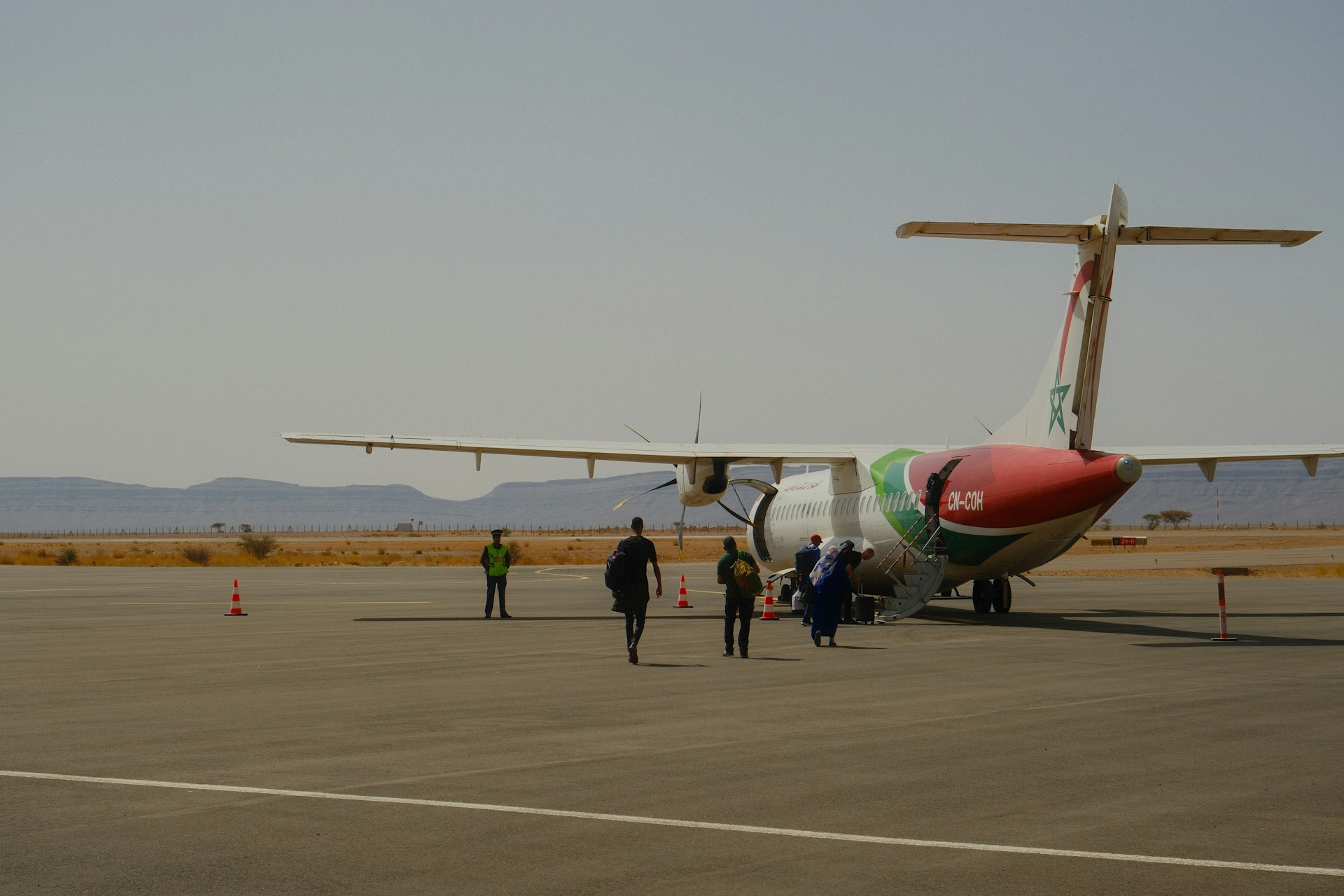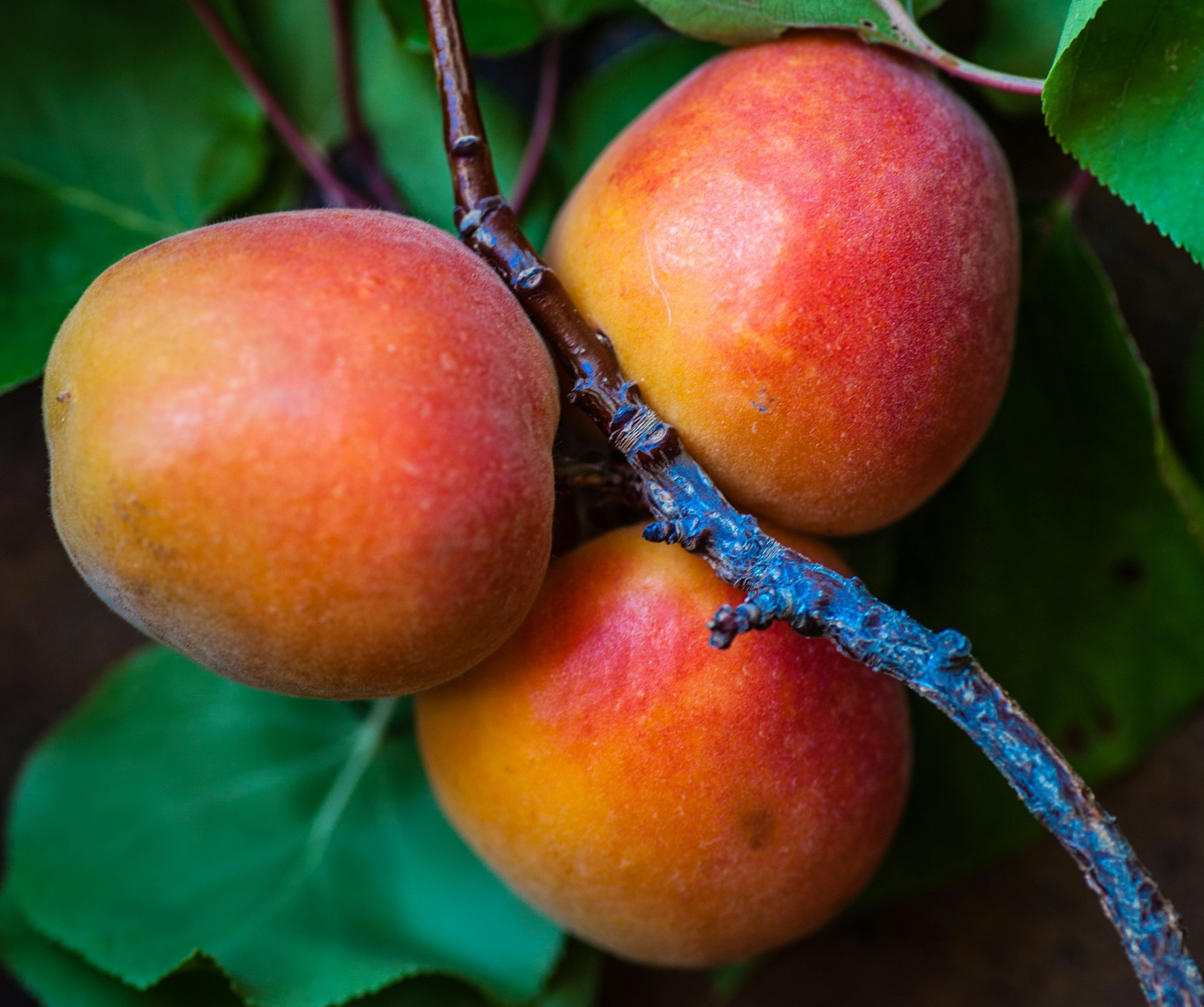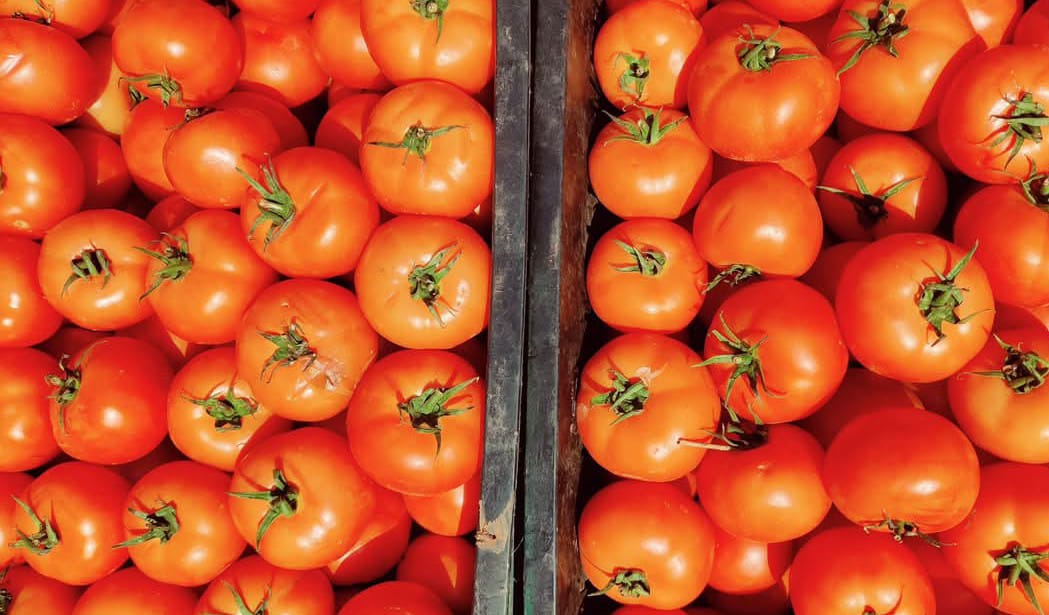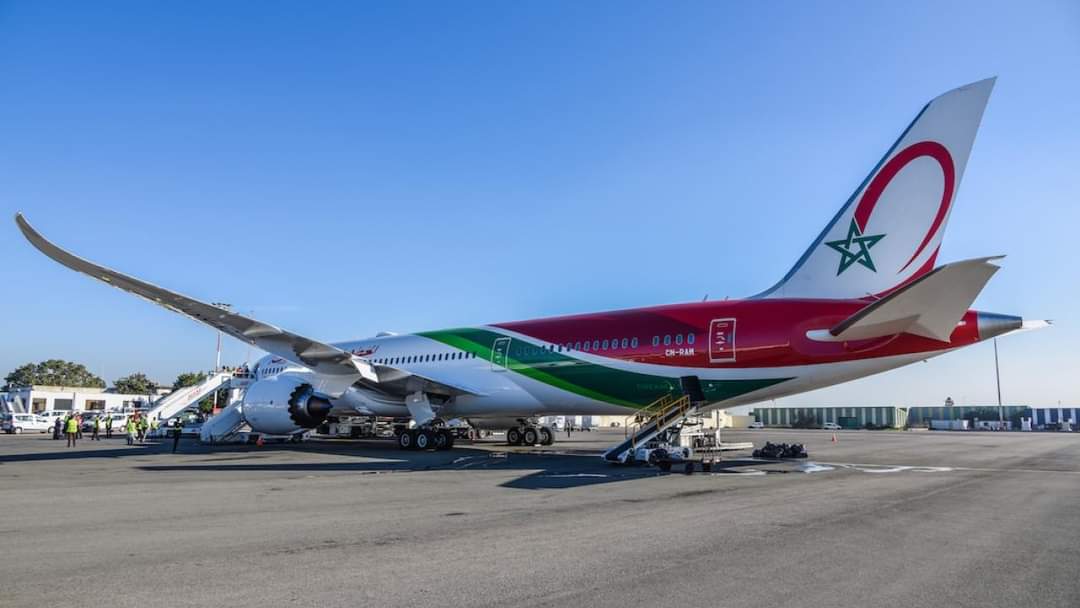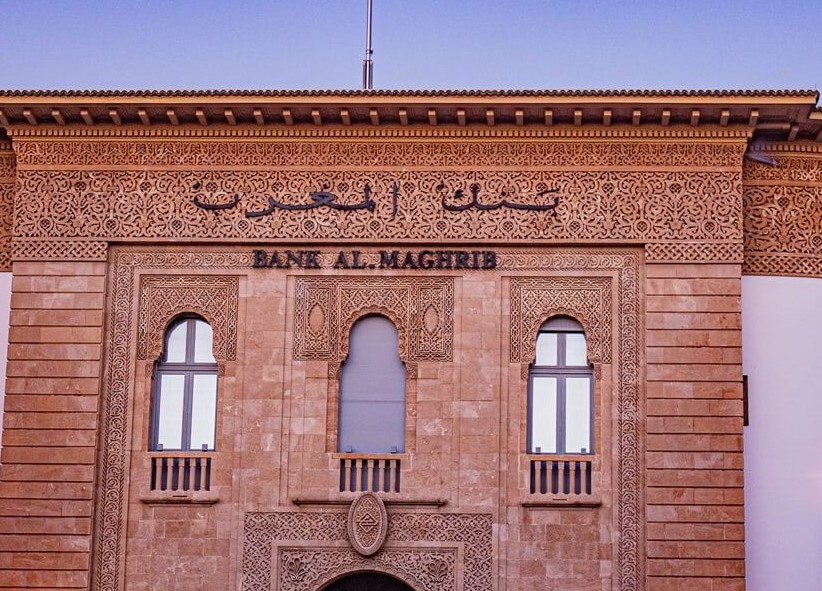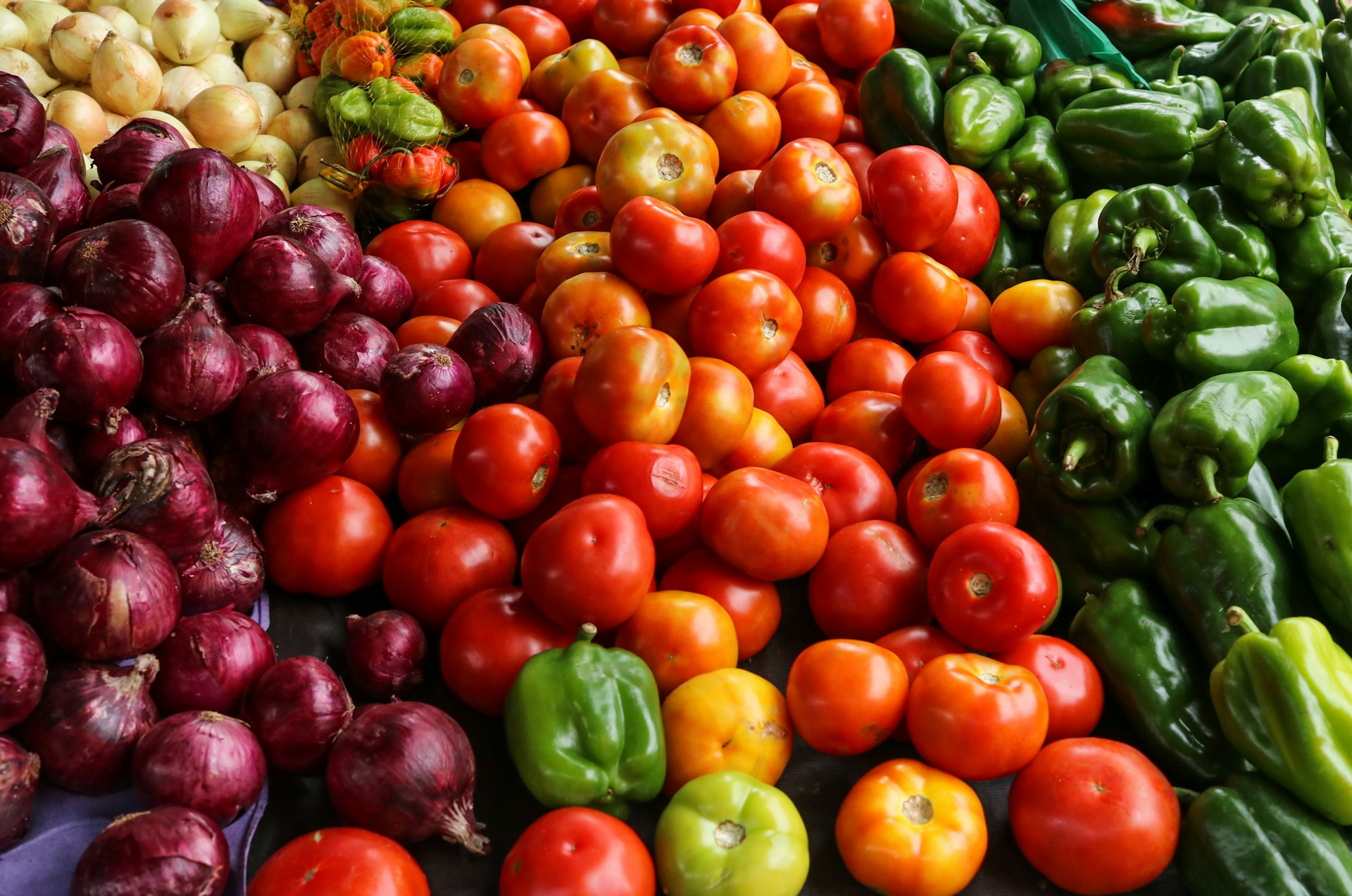Casablanca – Morocco is witnessing a historic boom in mango imports, underscoring a rising appetite among Moroccan consumers for exotic fruits. According to aggregated data from market analysts and trade monitors, the country imported 15,600 tonnes of mangoes in 2024, marking an increase of 10% over 2023 and doubling the import volumes recorded in 2019 and 2020.
This steady growth reflects broader shifts in consumption patterns, improved logistics infrastructure, and diversification of supply chains. Experts view the trend as part of Morocco’s increasing openness to global agricultural products, particularly tropical fruits which are becoming staples in both urban and rural households.
Strong start to 2025
The momentum has continued into 2025. During the first two months alone—January and February—Morocco imported 2,500 tonnes of mangoes, three times the volume imported during the same period in 2024. This represents the highest-ever import volume for mangoes during that part of the year, and analysts expect this upward trajectory to persist through the remainder of 2025.
EastFruit, a platform specializing in fruit and vegetable market data, notes that since 2020, Morocco’s mango imports have grown at an average annual rate of 15%. While imports occur throughout the year, the March-to-May window remains the high season for mango availability and consumption in Morocco.
Shifting sources and diversified supply chains
Traditionally, Morocco has relied on African partners—especially Mali and Senegal—for its mango supply. These countries remain significant exporters to the Kingdom. However, recent years have seen important changes in Morocco’s sourcing strategy.
Mali’s share of the Moroccan mango market has been declining, while other players have gained ground. Notably, Brazil emerged in 2024 as one of the top three mango exporters to Morocco. Similarly, Egypt has expanded its exports substantially over the past two years, contributing significantly to the increase in Moroccan mango availability.
Additionally, Peru registered record export volumes to Morocco in early 2025, signaling a shift toward Latin American suppliers. On the other hand, Spain, once a consistent provider, has seen a marked decline in its mango shipments to Morocco. This diversification has helped to mitigate the risks associated with dependency on a narrow group of suppliers and has contributed to more stable year-round access to mangoes across the country.
Consumer preferences and retail response
Behind this import surge lies a fundamental transformation in Moroccan consumer preferences. Mangoes, once a niche item, are now entering the mainstream. The fruit’s increasing popularity is tied to several factors: a greater awareness of healthy eating, the influence of global food trends, and a growing middle class with a taste for diverse and high-quality produce.
Retailers have responded accordingly. Major supermarket chains and local distributors are expanding their tropical fruit offerings, incorporating mangoes into their regular inventories. This trend is visible not only in urban hubs like Casablanca, Rabat, and Marrakech, but also in secondary cities and rural areas, where cold chain investments have improved storage and distribution.
The Moroccan government and private sector actors have also played a role by enhancing logistics infrastructure, including refrigerated storage and transportation networks. These improvements have ensured that imported mangoes maintain their freshness and quality from port to point of sale.
Economic and market outlook
While the growth in mango imports signals strong consumer demand and trade fluidity, some uncertainties remain. Market observers warn of potential challenges in the coming months, particularly related to global price volatility, shipping delays, and regulatory changes in international agriculture.
Nevertheless, most forecasts suggest that the upward trend in mango imports will continue throughout 2025, driven by stable commercial links with Africa and Latin America, and reinforced by robust domestic consumption.
According to an EastFruit analyst, “Morocco is no longer a marginal player in the tropical fruit trade. Its demand is now shaping supplier strategies, particularly in emerging export markets like Brazil and Peru.”
In light of these developments, some stakeholders are calling for greater local investment in tropical fruit cultivation to reduce dependency on imports and explore the potential for domestic production of mangoes in suitable Moroccan regions. While large-scale production would require significant climate and agricultural adaptations, the current demand levels suggest that such initiatives could be commercially viable in the future.
As Morocco continues to globalize its food supply and diversify consumer choices, the case of mango imports stands as a compelling example of how trade, infrastructure, and lifestyle changes are reshaping the country’s agri-food landscape.
